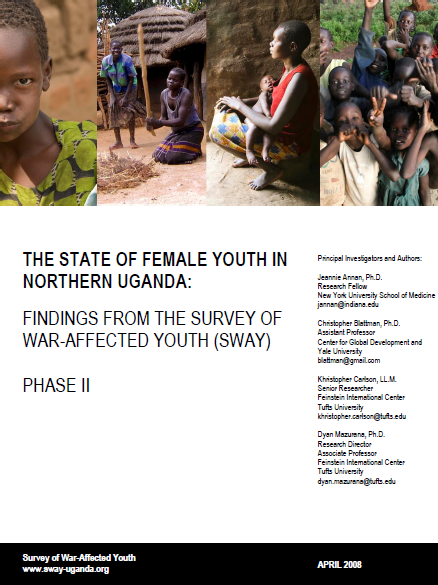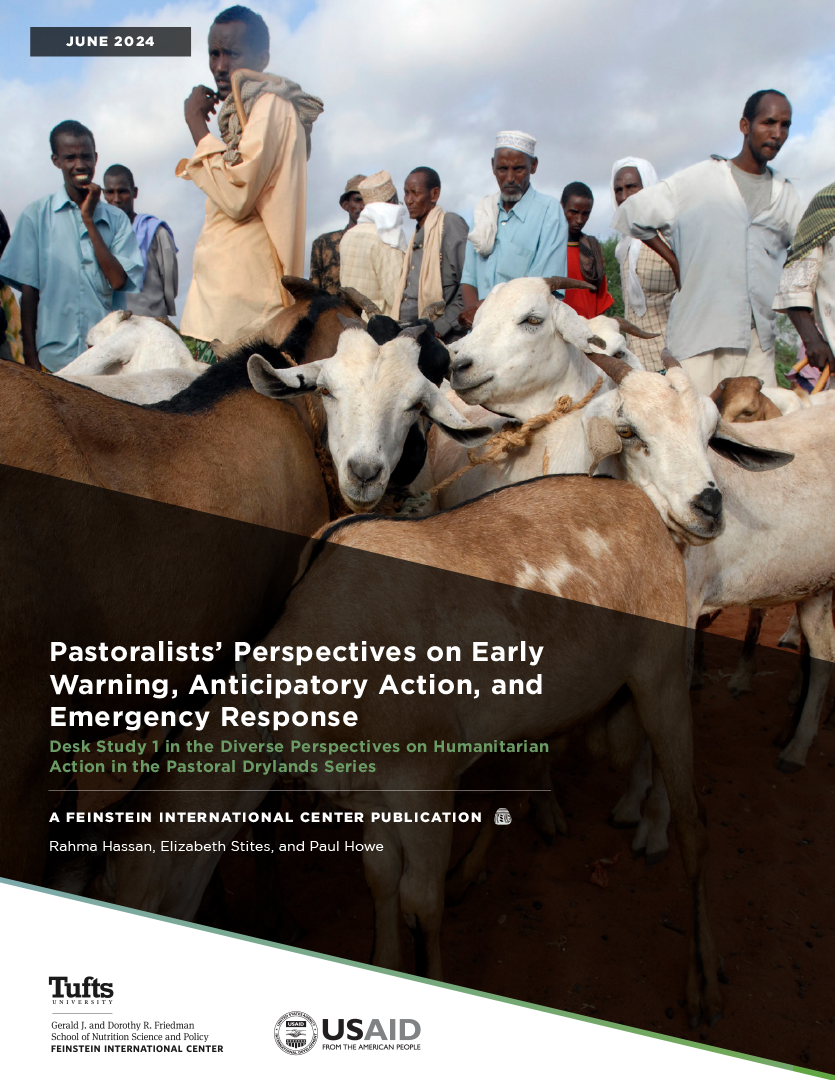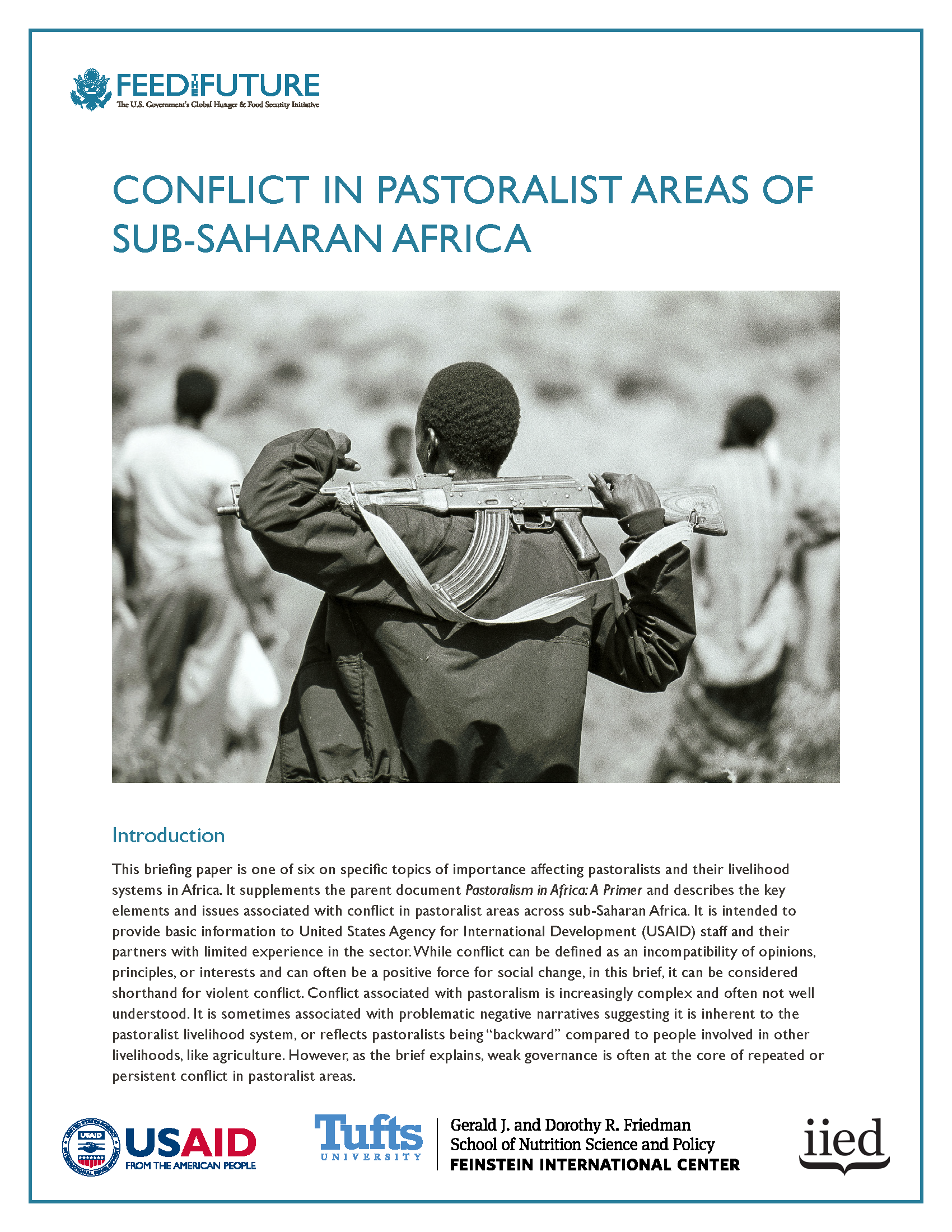Youth are simultaneously the primary victims and the primary actors in the two-decade long war in northern Uganda. While we know that youth have suffered (and continue to do so), we have not been able to determine with confidence who is suffering, how much, and in what ways. Moreover, while we know that youth have made up the bulk of the armed rebel group, almost always forcibly, we have little sense of the magnitude, incidence, and nature of the violence and trauma they experience. We also don’t know how men and boys experiences differ from those of women and girls.
The evidence presented in the report suggests that, in most respects, the challenges faced by women and girls in northern Uganda are at least as great as those of males. For example, while most returned abductees report few long-lasting difficulties reintegrating into their families and communities, females report more persistent challenges than males.
This report provides a detailed assessment of the state of youth (boys and girls) and recommendations to programs and policymakers in the following areas. The authors also draw out which lessons from northern Uganda are applicable in other contexts.
- Livelihoods
- Education
- Forced marriage and motherhood
- Assistance for those returning from Lord’s Resistance Army (LRA) captivity
- Psychosocial wellbeing and mental health
- Health
- Sexual and domestic violence
- Reinsertion
- Reintegration







